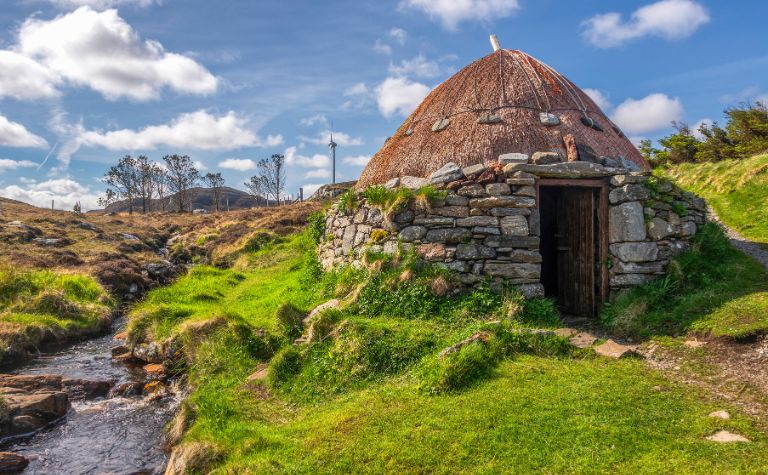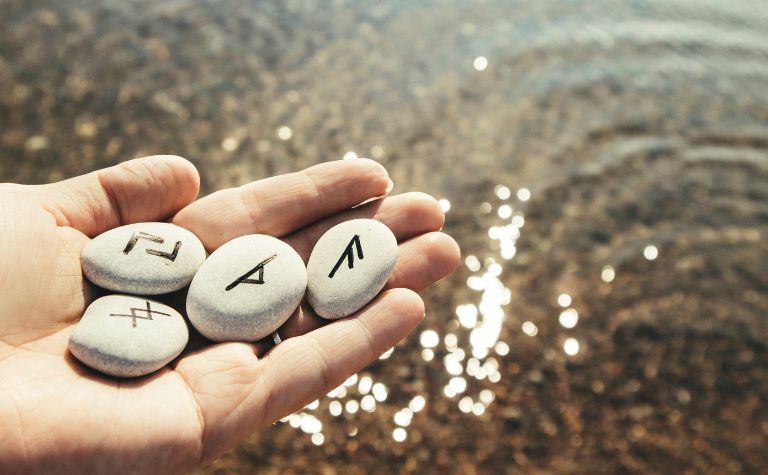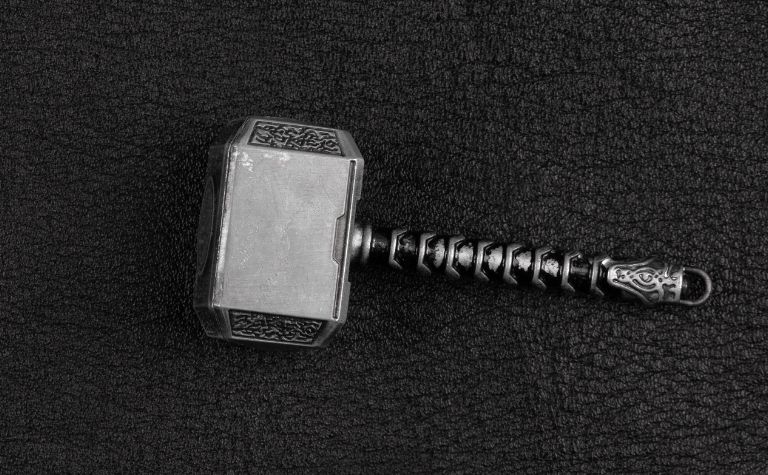Hel’s character in Norse mythology is a fascinating blend of intrigue and balance.
Her lineage, ruling over the unique realm of Helheim, and various interpretations throughout history create a compelling figure that defies simple categorization.
Explore her story to discover why she remains an enduring symbol.
Hel’s origins in Norse mythology are tied to her family, including Loki and the giantess Angrboda.
She rules Helheim, a realm for those who did not die heroically, overseeing it with fairness.
Various depictions and interpretations of Hel across history reflect her complex character and role.
How is Hel related to Loki? What and where is Helheim? What does Hel look like? What is Hel’s legacy?
Keep reading to learn the answers to these questions and others.
Also, see What Does Valhalla Mean? to learn more.

Hel’s Origins and Family
Hel is a prominent figure in Norse mythology, known for her complex lineage and family connections.
She is the daughter of Loki, the notorious trickster god, and the giantess Angrboda.
Her siblings include Fenrir, the fearsome wolf, and Jormungandr, the giant serpent.
This trio of siblings occupies a unique place within Norse mythology, often associated with ominous and destructive forces.
The gods of the Aesir were wary of them, fearing their potential influence and power.
Upon their birth, Odin, the chief of the Aesir, cast Hel into Niflheim, where she became the ruler of Helheim, a realm of the dead.
Her brothers were also separated and bound, reflecting the gods’ desire to control or limit their influence.
Hel’s family background is significant in understanding her character and the role she plays within Norse mythological narratives.
Her connections to figures such as Loki and her siblings reveal a web of relationships that are deeply intertwined with key themes and events in Norse mythology.
Hel’s origins and family provide a rich context for her character.
Her lineage links her to some of the most intriguing and complex figures in Norse mythology, defining her role and giving insight into her nature and responsibilities.
Also, see What are the Norns in Norse Mythology? to learn more.
Hel’s Realm and Responsibilities
Hel, in her role as a ruler in Norse mythology, presides over Helheim, a realm located in the world of Niflheim.
Helheim is an integral part of the Norse cosmology, serving as a final resting place for souls who did not die in battle but rather succumbed to sickness or old age.
As the overseer of Helheim, Hel’s responsibilities are substantial. It falls to her to judge the dead and manage the vast realm in which they reside.
Unlike the realms of Valhalla and Folkvangr, where those who die heroic deaths in battle go, Helheim is a place for the majority of mortal souls who pass in less dramatic circumstances.
Hel’s role is not one of punishment or retribution; rather, she governs in an even-handed manner over this part of the afterlife.
Her realm is neither a paradise nor a place of torment but serves as a neutral ground where souls continue their existence after death.
It’s noteworthy to mention that the depictions of Hel and her realm reflect the Norse culture’s practical and balanced view of life and death.
Her stern yet just rule in Helheim underlines this perspective, demonstrating that death is a natural part of existence rather than a moral judgment.
Hel’s realm and her responsibilities therein provide an enlightening look at the more pragmatic aspects of Norse mythology.
They offer a perspective on death that is devoid of fear and moral judgment, presenting it instead as a neutral aspect of the life cycle.
Hel’s role, although often overlooked in favor of more glamorous gods and goddesses, is thus pivotal in understanding the Norse worldview.

Depictions and Interpretations of Hel
Hel’s character and role within Norse mythology have been depicted and interpreted in various ways throughout history.
These depictions offer insights into how different cultures and times have understood her character and responsibilities.
In many of the original Norse texts, Hel is described in a rather neutral and straightforward manner.
Her physical appearance, sometimes portrayed as half-living and half-dead, reflects her connection to both life and death.
This image reinforces her role as the ruler of a realm that straddles the boundary between existence and nonexistence.
In art and literature, interpretations of Hel can vary widely.
Some works emphasize her stern and unyielding nature, while others might focus on her fairness and balance in ruling Helheim.
The variations in these portrayals often reflect the era’s cultural values and the specific context in which the character is explored.
Modern interpretations of Hel have continued to evolve. In some contemporary works, Hel has been reimagined in ways that emphasize her power and autonomy.
These reinterpretations can reflect modern sensibilities and provide new perspectives on a character that has its roots in ancient mythology.
Finally, it’s worth noting that Hel’s character has transcended the boundaries of Norse mythology to influence broader Western cultural ideas about death and the afterlife.
Her rule over a realm that is neither heavenly nor hellish has contributed to a more nuanced understanding of these concepts.
The depictions and interpretations of Hel in Norse mythology are as varied as they are insightful.
From ancient texts to modern reimaginings, the character of Hel continues to be a source of fascination and reflection.
Her portrayals reveal not only the complexities of her character but also the evolving ways in which cultures understand and represent concepts of life, death, and the afterlife.

What is Hel’s Legacy?
Hel’s character in Norse mythology serves as a compelling illustration of the multifaceted nature of mythological figures.
Her origins and family connections, her rule over the realm of Helheim, and the various depictions and interpretations of her character provide a comprehensive understanding of her role and significance.
Unlike some mythological figures celebrated for their heroism or power, Hel’s character emphasizes balance, neutrality, and an even-handed approach to governance.
Her realm is not one of extremes but represents a practical and realistic view of death.
Her presence within Norse mythology also prompts reflection on broader themes, such as the nature of life and death, the human condition, and the values and beliefs that shape cultural understanding.
Hel’s portrayal as both a stern ruler and a just overseer resonates across time, allowing her to remain relevant in modern interpretations.
In summary, the figure of Hel in Norse mythology offers a rich and thought-provoking exploration of a character who, though often overshadowed by more flamboyant deities, holds a crucial role in understanding Norse cosmology and worldview.
Her unique position within the mythological landscape continues to inspire curiosity and provides a nuanced perspective on existence that transcends the boundaries of her Norse origins.
Her legacy, as reflected in art, literature, and cultural thought, attests to the enduring power and complexity of mythological storytelling.
